VIEW BY CATEGORY:
Hi, we're Hunter and Sarah, a husband-and-wife, luxury wedding photography team. We’re also educators, helping other photographers build profitable and sustainable photography businesses.
MEET US
LOOKING FOR SOMETHING?
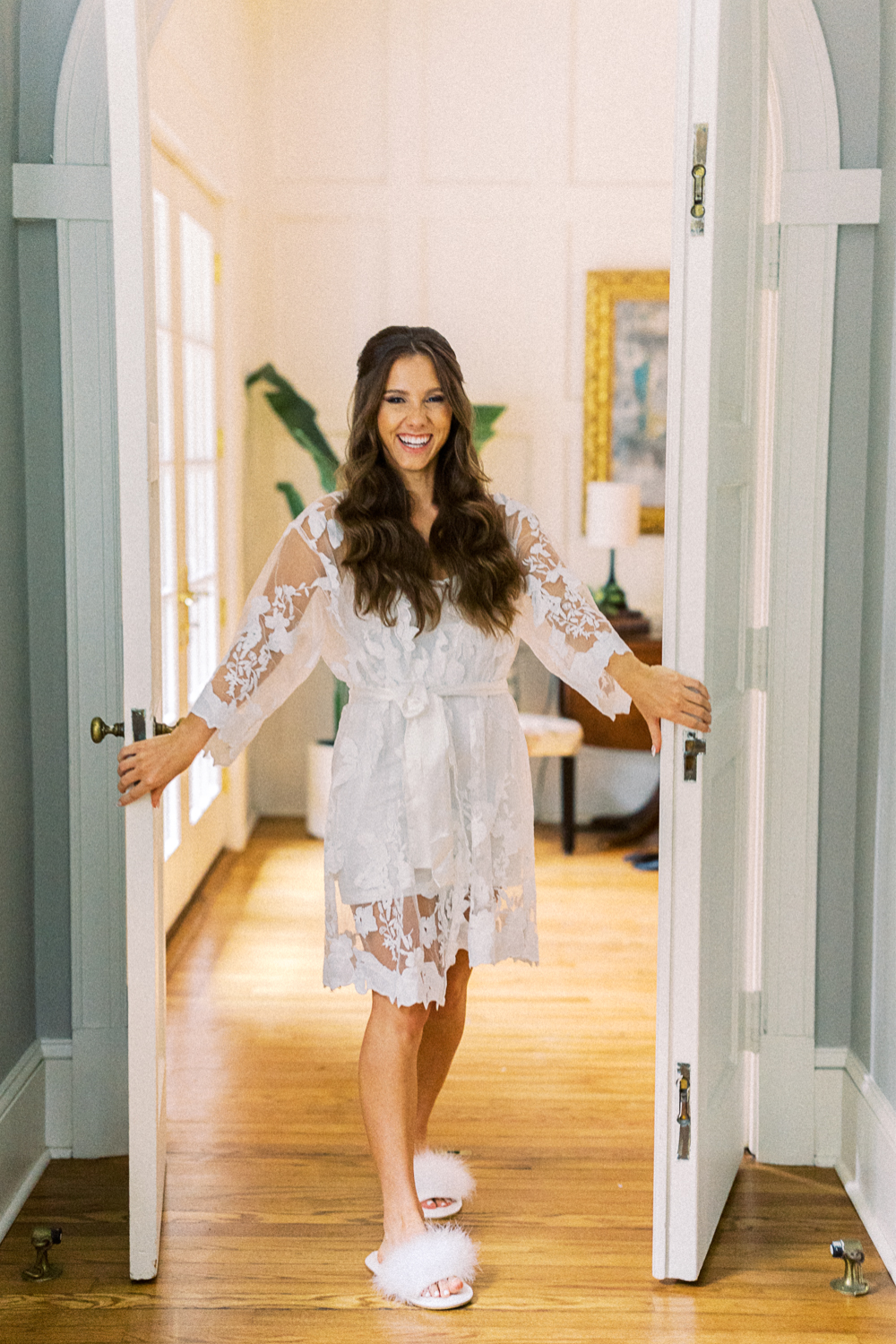
Raw or JPEG? Why Professional Photographers Should Shoot in Raw
June 8, 2023
Hey photographer friends! Welcome back to our Photography Blog, Mastering the Wedding Photography Biz with Hunter and Sarah! Today we’re discussing a common question we see from newer photographers who are just beginning to dabble in shooting professionally: should I shoot in RAW or JPEG (RAW or JPG). We think there’s an obvious answer with this one, and we’re going to spend the rest of this blog post explaining why we think 99% of professional photographers should shoot in RAW!
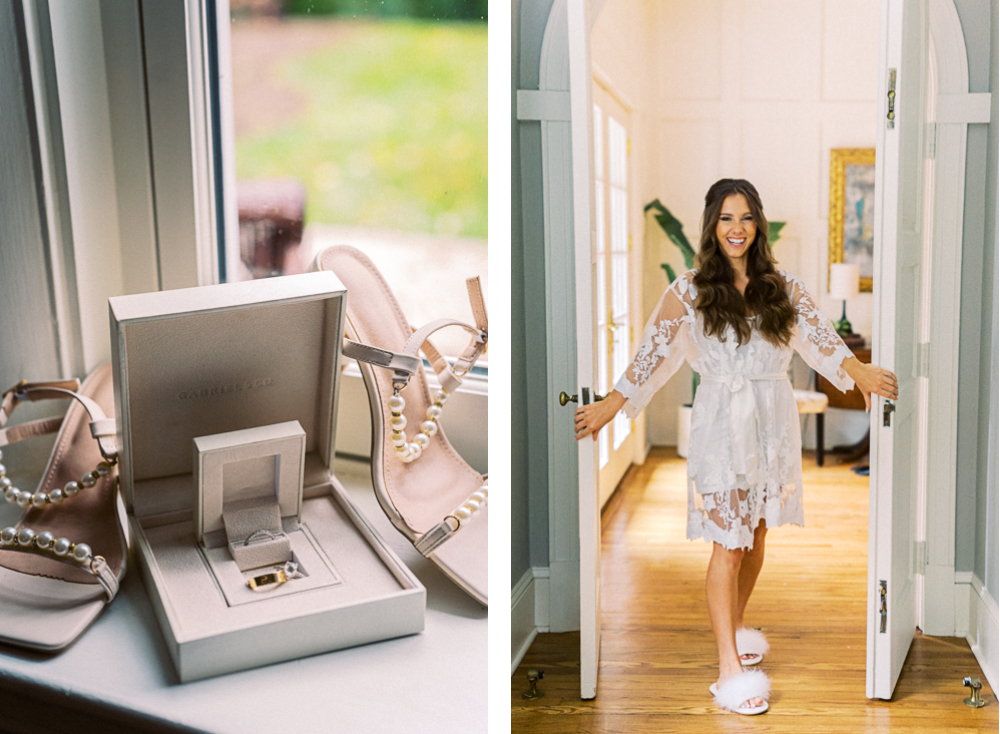
Intro: Raw or JPEG
So, let’s start at the very beginning in case this whole “raw or jpeg” argument is something you’ve never even thought about. Or in case you’ve heard of raw files, but don’t have a grasp on what they are, this intro should help. Technically speaking, a raw file is an “unprocessed” image — the most basic data captured by your camera the instant you take a photo. It’s completely untouched and unaltered — essentially a bunch of pixels in their native form. Because of this, raw files require special software to view.
Now, because of all the unprocessed data stored within a raw file, raw files are really big from a storage perspective, taking up 4-5 times as much storage on a memory card or a computer than jpeg files. And we’ll get into this more in a moment, but all of this raw and unprocessed data is actually the greatest benefit of raw files.
On the other hand, jpeg files are universally accessible. Whether you’re viewing them on an iPhone or a laptop or even plugging a USB into a TV, they’re easy to view without any special software, and on top of that, they don’t take up much storage space. But they have some limitations that we’ll get to a little later, namely that an image captured in jpeg format is more “set in stone” once it’s created.
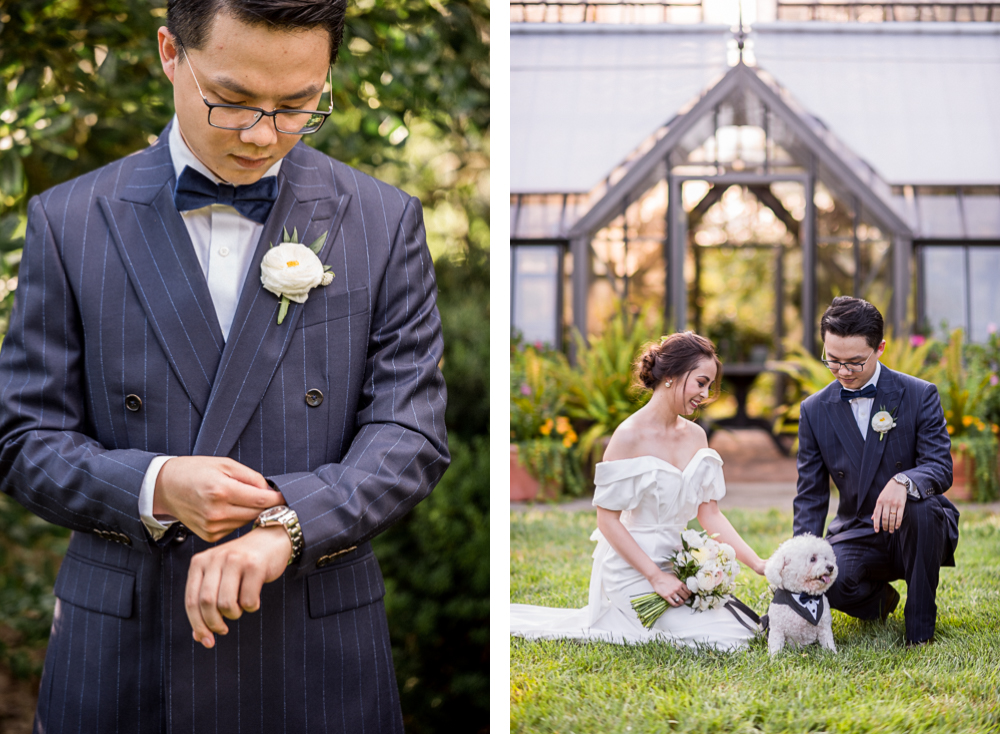
So Why Raw Files?
And that leads naturally into a question you might have which is, “If raw files are so large, complicated, and difficult to even open, what’s the point of them in the first place? Why do most professional photographers only shoot in raw?”
Well, it isn’t just some insider trick to make photographers all “exclusive” with our raw files that clients can’t access or view. Raw files are extremely useful to photographers after a wedding day or portrait session. It’s because of their unprocessed nature that we mentioned before that makes it actually possible to “edit” your photos.

A Helpful Analogy: Cake 🎂
So, we’re going to pause here in case this is a bit confusing, and share an analogy that may help. If the final photos that we deliver are like cakes, shooting in raw is like gathering the ingredients, deciding on an oven temperature, and baking the cake yourself. Once the cake is baked, then you can ice and decorate it — making your own creative decisions as you go.
On the other hand, shooting in jpeg is more like buying a cake from the grocery store, then going home and trying to redecorate it yourself. Sure, you can touch up the icing here and there, but it’s already been baked, and if major mistakes have been made or it wasn’t baked the way you would’ve wanted, there’s very little you can do.
Shooting in raw lets us show up on the wedding day and use our expertise in composure and lighting and posing to gather the very best ingredients. Then, when we get back to our studios and home-offices we can “bake” the images however we like with editing. So long as we shot the images in raw, we have huge creative freedom to make adjustments to light and color — or even to fix some mistakes we might’ve made in person.
On the other hand, if we went out with our professional cameras and captured photos in jpeg, then tried to edit the photos later, it would be much harder, and the final images wouldn’t look nearly as good. Because jpegs weren’t meant to be retouched! They were created to be easily viewed and shared — not to be edited. So not only do you have to nail your exposure and white balance perfectly in the moment when you’re shooting in jpeg, but your creativity is also pretty limited on the back-end.

What Do You Do With Raw files?
As a photographer, you may be thinking, “Okay great, when it comes to raw or jpeg, it’s better to shoot in raw. But then what do I do?” Well, you bring those images onto your computer, and you begin processing them! Now, we have an entire series of blog/YouTube videos all about our Post-Production process, from making sure your memory cards are backed up allllll the way to final gallery delivery (HERE).
But the tl;dr is that you’re going to need to organize these files, cull them down to a reasonable number, then either edit a very small number of them one-by-one in Adobe Photoshop, retouch a relatively larger number for light and color in Adobe Lightroom, or some combination of the two.
Then, this is where jpeg files finally come in. Once the images have been edited or retouched, if you’re going to send digital images to your clients for them to download, print, share, or post, then they’ll need to be in a format they can actually open. So you’ll use Lightroom to convert the edited raw files into jpeg files. If you think back to our baking analogy, this is like icing the cake. Once you do this, the final product is done, and ready to be delivered to your clients! In fact, most gallery delivery services like Pixieset (HERE) won’t even allow you to upload raw files, but will only accept jpegs or other similar file formats.
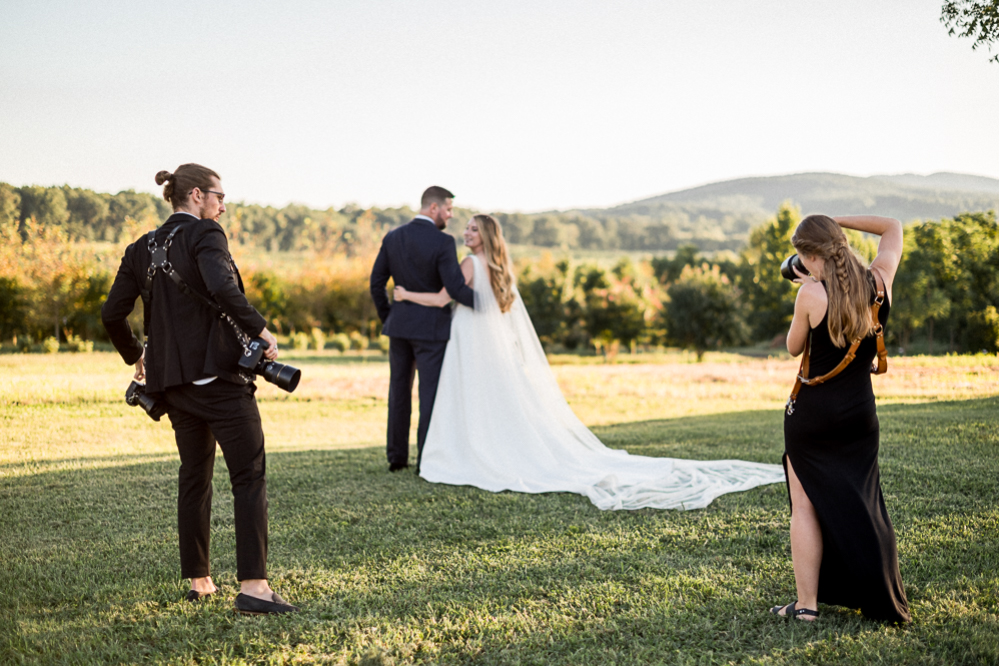
Should I Give Raw files to My Clients?
The last thing to talk about when it comes to raw files is whether or not photographers should give the raw files to their clients. The short answer is, almost certainly, “no”. The slightly longer answer might go something like, “Why would you?” 🤔
For starters, what would your clients do with them if they had them? Unless they have a copy of a raw-processing software like Lightroom, they may not even be able to open the files. But even if they did have a copy of Lightroom for whatever reason, would you really want them to be able to freely re-edit your work without any barrier? As a digital photographer in the modern era, your editing style can has almost as much influence on your final imagery as how you shoot or pose your clients.
And any photographer who has ever had a client download their photos, then put a filter on top of it that felt like it “ruined” the image, knows that giving their clients raw files — and therefore FULL control over EVERY aspect of an images editing — is a recipe for your imagery to make it out into the world looking nothing like you intended it to. At the end of the day, your clients hired you to capture beautiful memories, and deliver works of art — a finished product. The last thing that most clients want or need is a basket of ingredients and a to-do list!
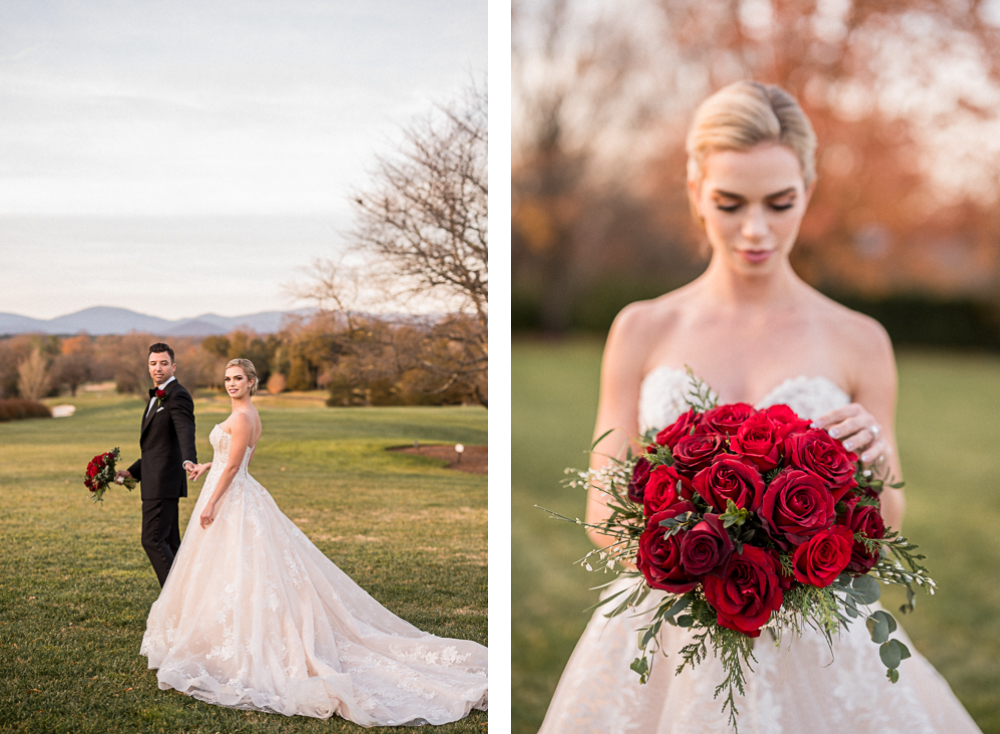
Want More?
Click HERE to get your free copy of our eBook: “5 Essential Tips for Turning your Side-Hustle into a Full-Time Photography Business.” You’ll also be subscribed to our newsletter, so our newest content, weekly encouragement, and exclusive offers will be delivered right to your inbox!
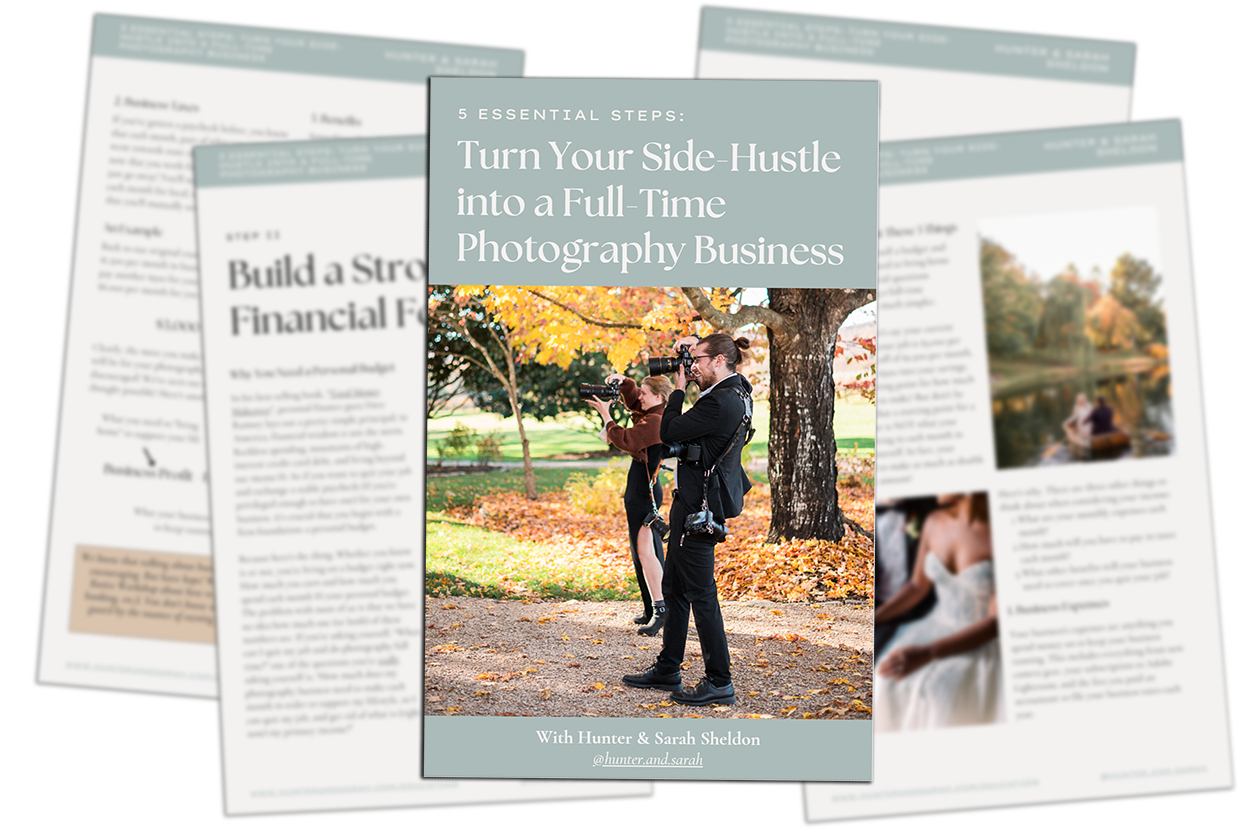
Filed in:
Wedding Photography & Photography Education
Charlottesville, Virginia and Beyond
HOME
ABOUT US
WEDDINGS
JOURNAL
FOR PHOTOGRAPHERS
PRESS & PRAISE
BLOG
CONTACT
e. hunter@hunterandsarahphotography.com
p. (434) 260-0902
